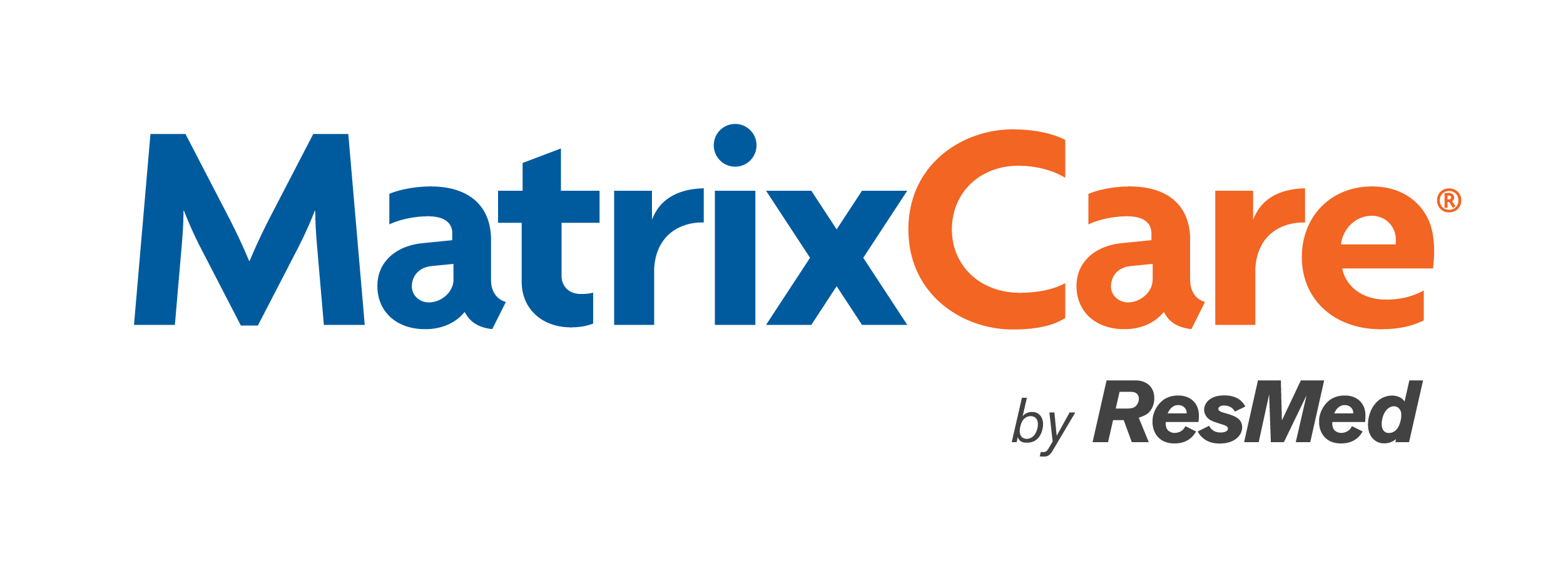After a year like no other, assisted living (AL) providers and the vendors that serve them are keeping a close eye on what most expect to be a gradual recovery in census amid the COVID-19 pandemic and subsequent decline in occupancy.
As this slow rebirth starts, Provider is publishing its Top 30 list of the largest assisted living companies by facility count, reinventing the annual measurement, which will be followed in July by a Top 30 list for largest nursing home companies.
The list contains many of the traditional large operators in the AL space, covering a wide swath of geography. Leading the way this year is Brookdale Senior Living. Based in Tennessee, the provider counts 35,126 units in 563 facilities across 43 states. Behind Brookdale in second place by a sizable margin is Sunrise Senior Living based in Virginia, which counts 14,550 units in 30 states and 274 communities.
Third rank goes to Five Star Senior Living of Massachusetts, which has 12,112 units in 31 states and 252 facilities. In fourth is Illinois-based Enlivant with 9,798 units in 210 communities across 26 states. And, rounding out the top five, is Atria Senior Living. The Kentucky-based provider has 9,673 units in 21 states and 141 communities.
Charting the Recovery
The number of beds and size and scope of these providers’ businesses—and all AL communities amid the pandemic— are of keen interest to vendors serving long term and post-acute care. One of those is MatrixCare, which provides post-acute electronic health record (EHR) software to more than 13,000 facility-based care settings and 2,500 home care/home health and hospice organizations.
Gary Pederson, executive vice president of MatrixCare, spoke to Provider on the trends in the AL sector, and overall care continuum for seniors, which his company covers from home health to hospice and nursing homes and independent living, among other care settings.
He said MatrixCare was tracking the impact that the COVID outbreak started to have on senior living even before most national media paid attention, and what they noted off the bat was that skilled nursing was taking a much heavier burden than AL, which led to more severe census declines.
“Skilled got hit hardest, and despite a slight uptick in September, the occupancy numbers have been bottoming out,” he says. “But recent indicators give hope that slowly and surely we are crawling out of the census hole, notably in skilled nursing with things like elective surgeries coming back.”
AL Takes COVID Hit, Too
For AL communities, Pederson says, MatrixCare didn’t see as much of a dip in occupancy as was seen on the nursing home side of its business, and from the data the company learned how the more technologically advanced of its customers fared better than others.
“If there is anything interesting in the trending data, it would be that the more modern the infrastructure of the facility and the provider’s ability to utilize engagement tools already in place, the more likely they were able to manage the intense need during the pandemic for handling the challenge of resident isolation,” Pederson says.
These tools include reliable Wi-Fi and the use of existing EHR to tap into engagement platforms for residents and families.
Pederson says because of the pandemic and the new need for even more up-to-date technology, the older-style AL buildings must decide on how to proceed.
“There are tough decisions coming up on investments in technical infrastructure to make sure their Wi-Fi is ubiquitous, as an example,” he says.
EHR Takes New Turn
MatrixCare also looked at its own services and systems during the pandemic and realized that it, too, would have to change. One thing Pederson says changed during the height of the pandemic was that many customers did not have the time to invest in new EHR upgrades.
So, MatrixCare spent time explaining to its customers how their existing platforms had many possibly untapped features that could be put to use, including in the areas of engagement.
“As our caregiver engagement tools were being widely utilized during COVID, we placed additional emphasis on family engagement, which is and was a huge need for our customer base during the lockdowns,” Pederson says.
“We also had all of this innovation available to our customers who may not have been using it to its full capability. They did not have time to buy new software during the COVID response, so it was an opportunity for us to show them how to make better use of their MatrixCare investment as we took on a more consultative approach to make use of this software.”
Whatever the need, and no matter the size of the AL community, he says the EHR was put to use for meeting new regulatory requirements brought to bear by COVID and to make contact among and between family, residents, and staff that much easier.
Click to access the Report:
Sponsored by: